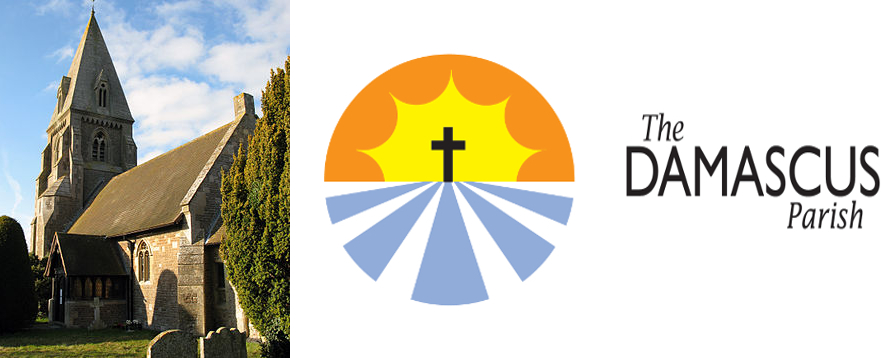

All at 9.30 am, except on 5th Sunday of month |
||
1st Sunday |
Family Breakfast Church |
|
2nd Sunday |
Holy Communion |
|
3rd Sunday |
Holy Communion |
|
4th Sunday |
Morning Worship |
|
5th Sunday |
DAMASCUS Parish Shared Service rotates around the 5 Damascus churches |
|
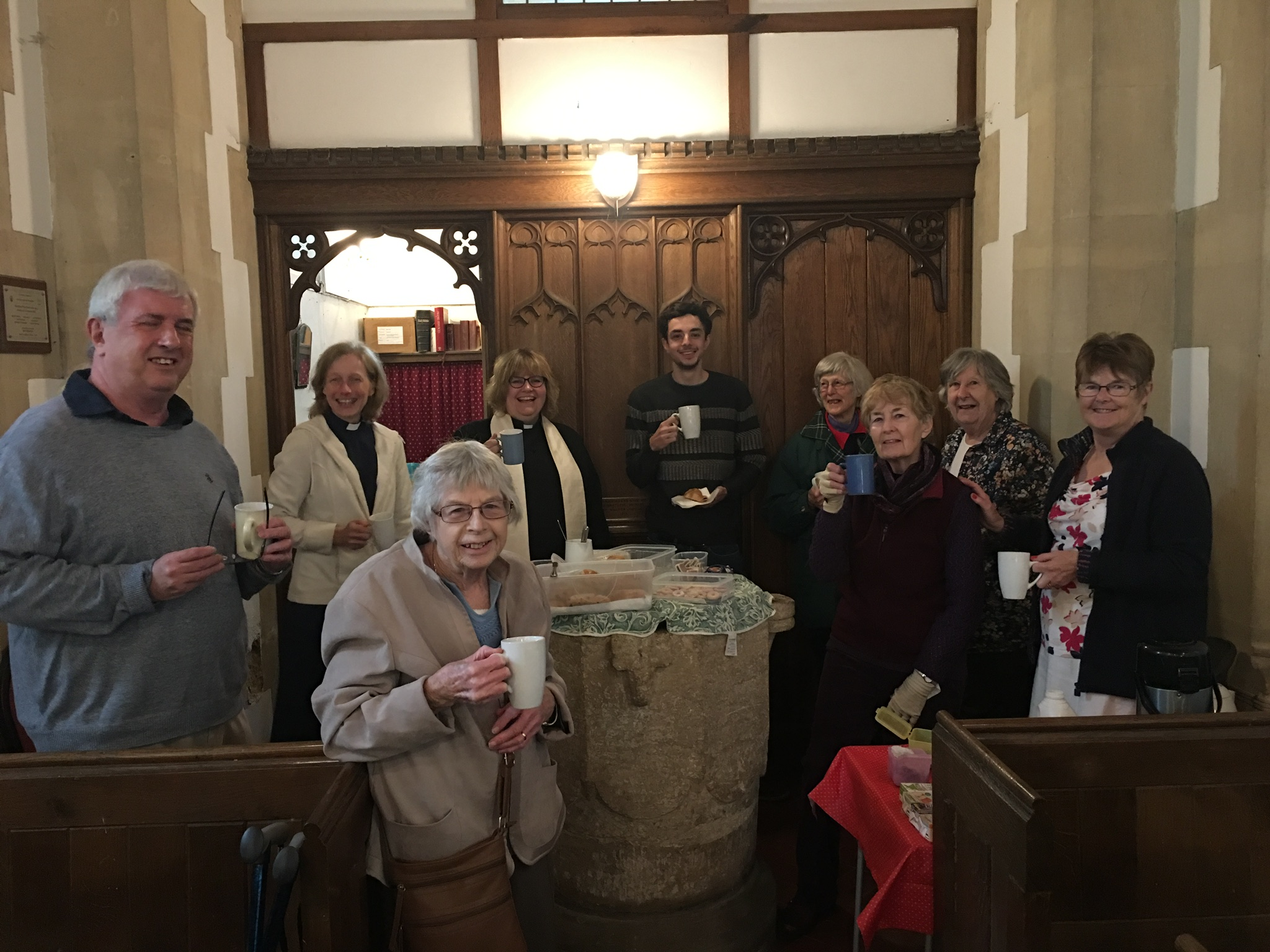
Harvest Supper – usually in October – two-course meal and entertainment open to all.
Street Nativity – With children dressed as shepherds, angels, wise men and ordinary citizens, meet at the Knap to journey along Church Street with a donkey, singing carols and telling the Christmas story, until journey–s end in a stable.
Charity Carol Singing – at Meadow House in Christmas week
100 Club – the church runs this in the village, with extra bonuses at Christmas.
Refreshments and Raffles at village Fun Days, Fetes and Barn Dances, etc. etc.
Abingdon Food Bank collection box.
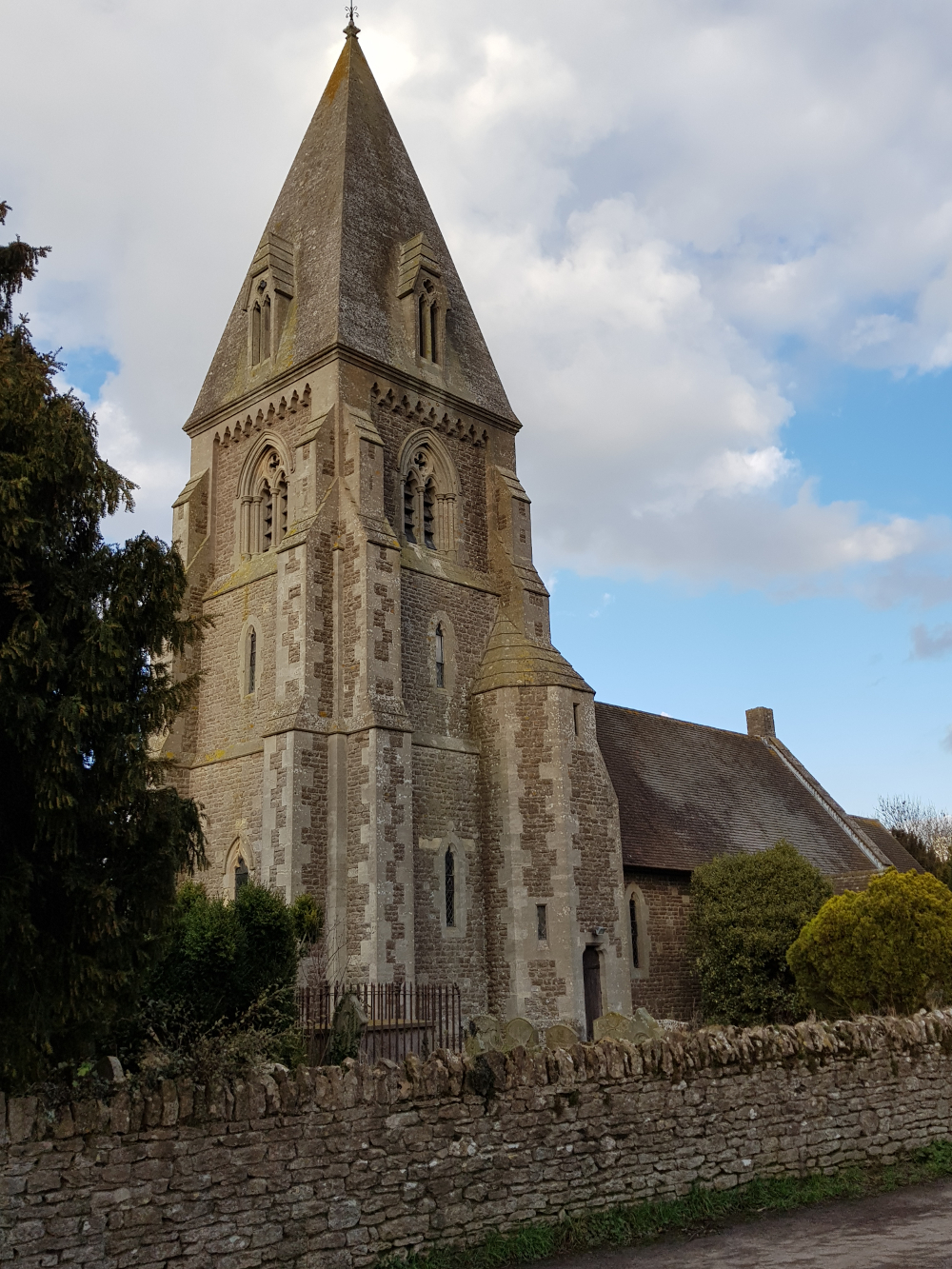
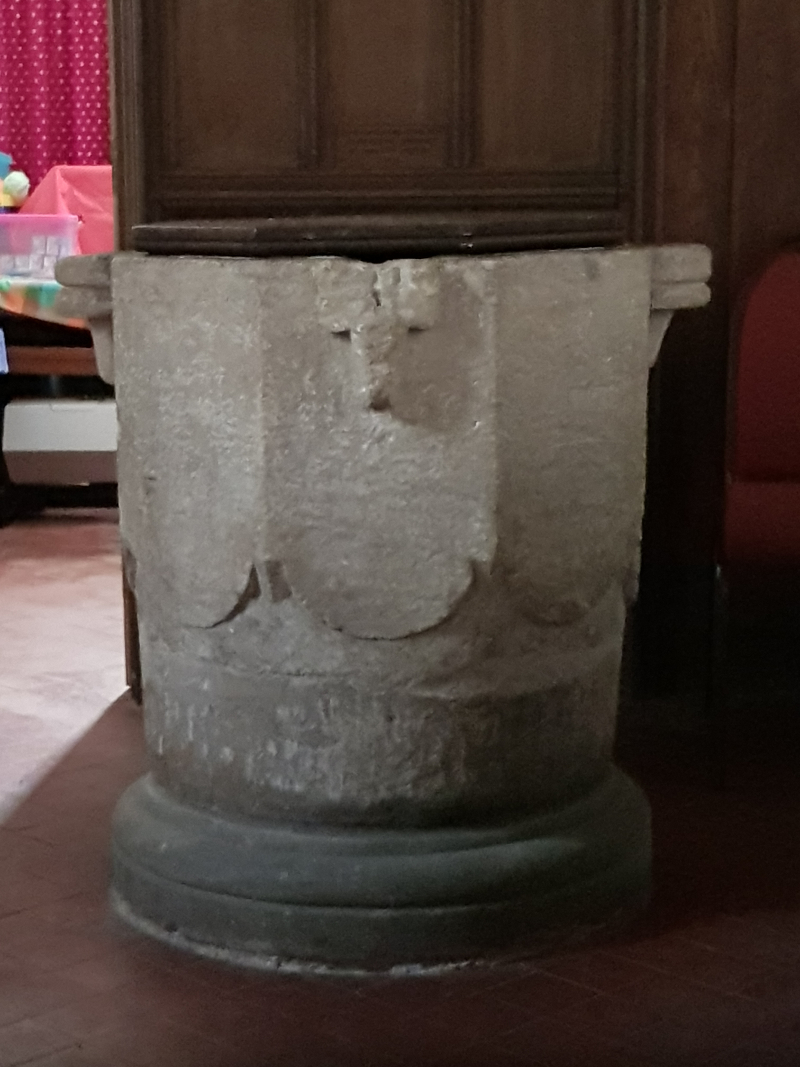 The oldest features of the Grade II listed building date from the time when the nave was rebuilt in the 12th century, and the chancel in the 13th century. There are two round-headed Norman doorways, one on the south wall inside the porch and another blocked one on the north wall opposite it. The attractive font is octagonal above and round below, and the piscina by the altar also dates from the 12th century. In the chancel there is an Early-English doorway in its south wall, and Early English lancet windows in the chancel north and south walls, and a Perpendicular window in the south wall that was added in the 16th century. The altar rails are 18th century.
The oldest features of the Grade II listed building date from the time when the nave was rebuilt in the 12th century, and the chancel in the 13th century. There are two round-headed Norman doorways, one on the south wall inside the porch and another blocked one on the north wall opposite it. The attractive font is octagonal above and round below, and the piscina by the altar also dates from the 12th century. In the chancel there is an Early-English doorway in its south wall, and Early English lancet windows in the chancel north and south walls, and a Perpendicular window in the south wall that was added in the 16th century. The altar rails are 18th century.
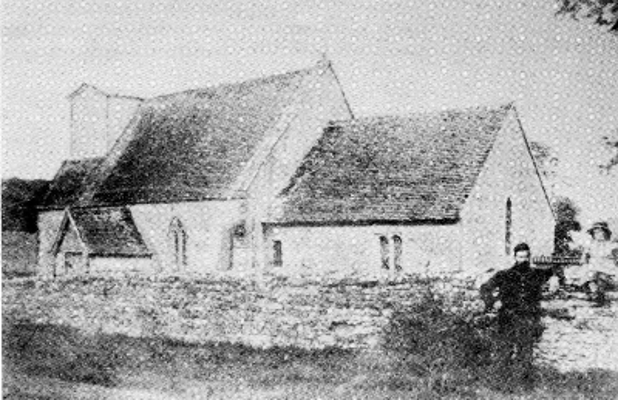
Mrs Sue Helby – (Appleford Coffee Mornings) 01235 848280